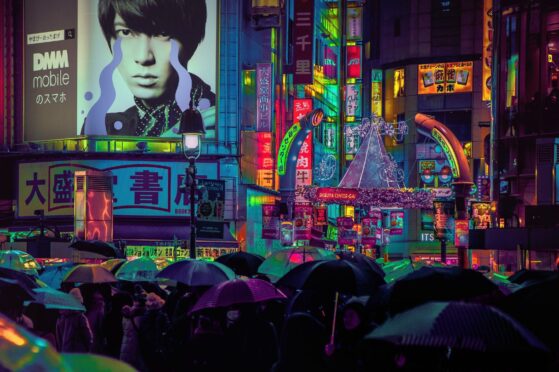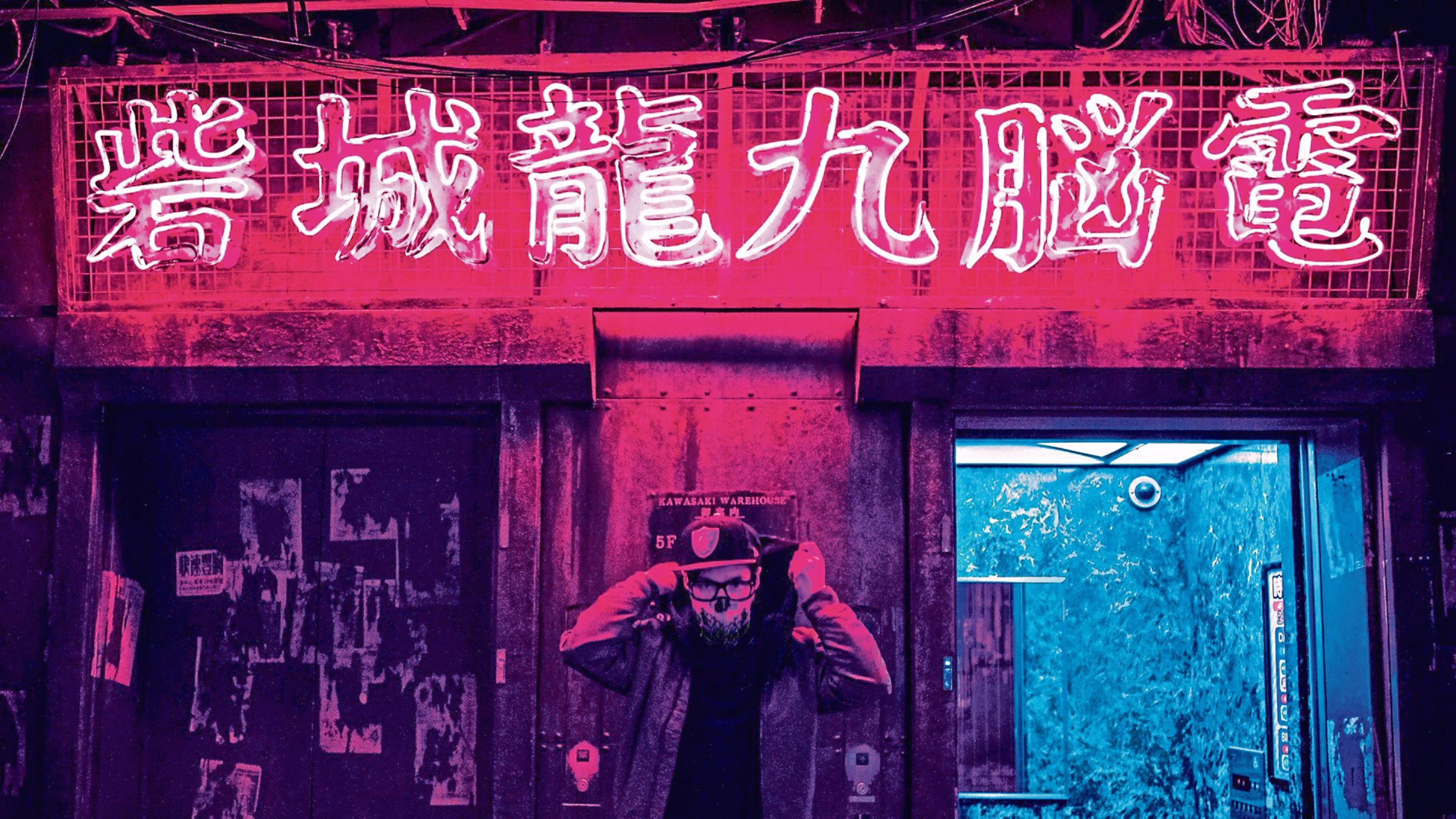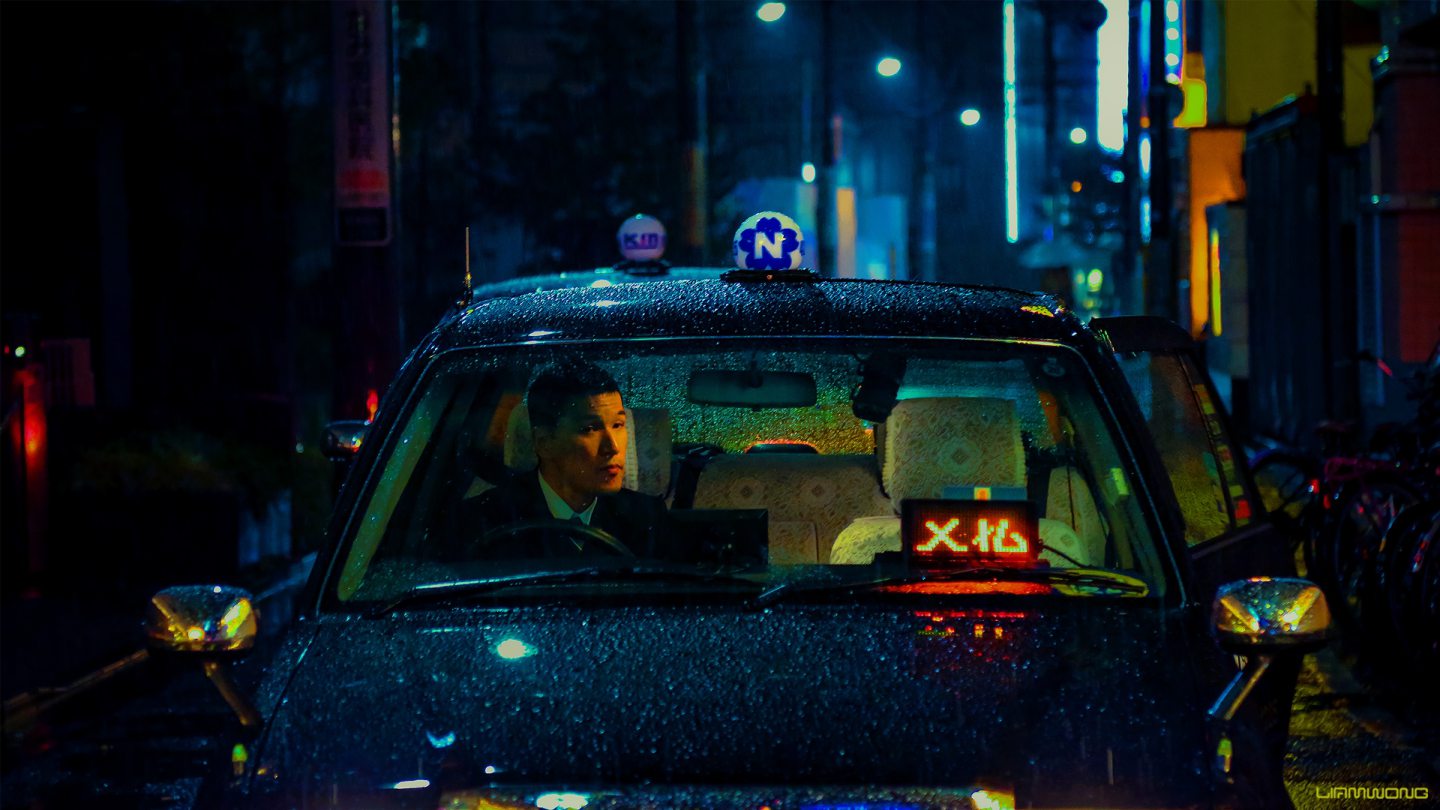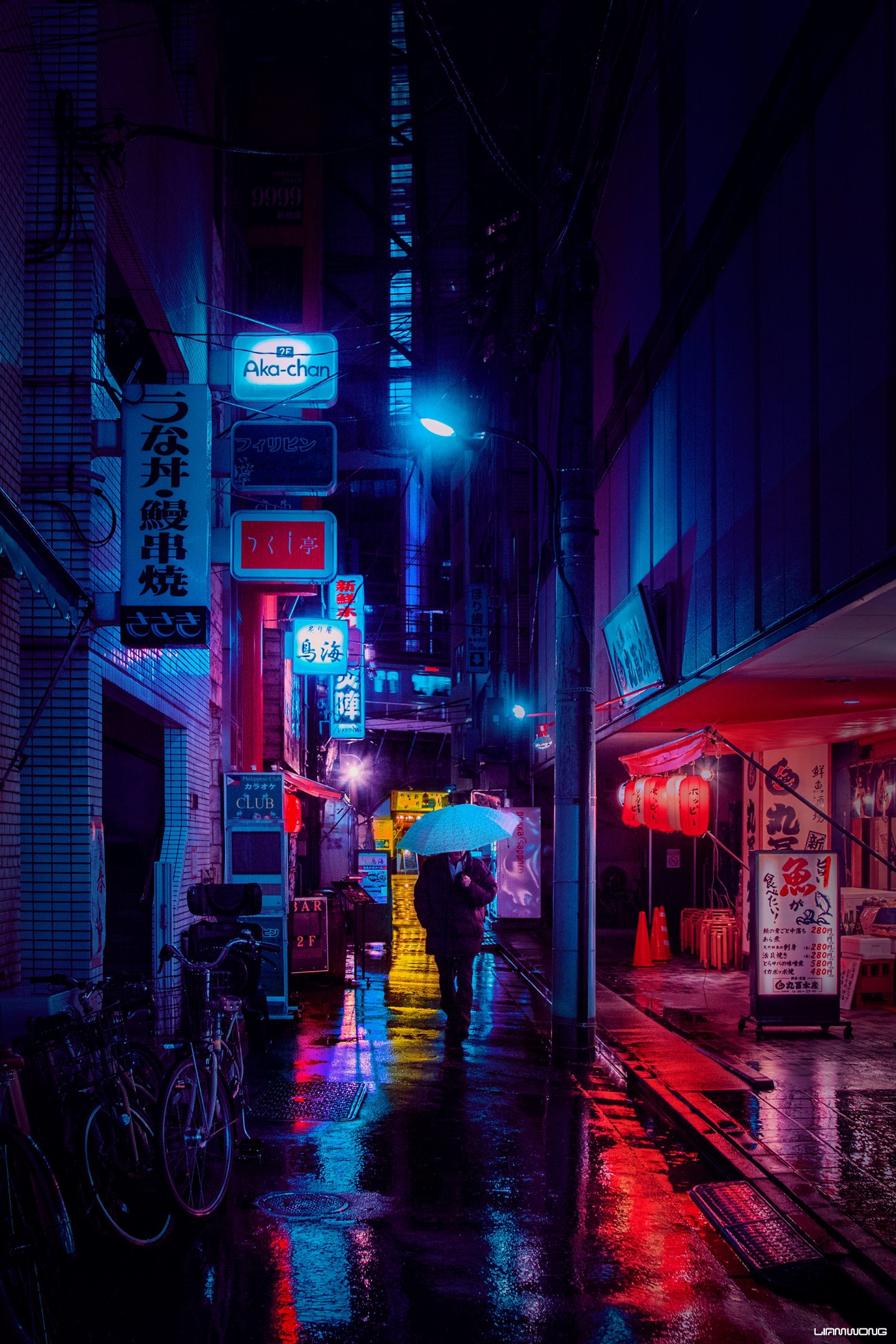
It is one of the most bustling, colourful, energetic and visually-stunning cities in the world and, as host to this month’s delayed Olympics, Tokyo should be about to become busier and more effervescent than ever.
Instead, the Japanese capital has announced a state of emergency for the duration of the Games, with crowds to be banned from most events amid a rise in coronavirus cases throughout the area. So, while the athletes continue to arrive from around the world, the fans will not.
Edinburgh video game designer-turned photographer Liam Wong has made his name by taking pictures of the late-night streets of Tokyo, when the thick crowds have dispersed and the neon lights of the buildings take centre stage.
His cinematic pictures, he says, portray the mood currently felt in Tokyo as the city deals with the pandemic.
“I feel the themes within my photography capture it well – empty streets and a sense of loneliness, just like many other places across the world right now,” said Wong. “It’s difficult to summarise what makes the city so special, but it changed my life – my work captures my love of the city and the feelings I have towards it.”
After studying at Abertay University in Dundee, Wong moved to Canada and became the youngest director at Ubisoft, the video game company behind Far Cry and Assassin’s Creed.
In his spare time, he was teaching himself photography and a trip to Japan brought his talents with a camera into focus.

“I first visited in 2014 for a business trip – I was art director at Ubisoft and was part of a press tour to Japan. It had never been high on my list of places to visit, because I always felt it was far away, but I would say, as a creative, it is one of the most inspiring cities you can visit.
“Anyone who visits is compelled to take photographs because it’s such a sensual overload and overwhelming at times.
“I’ve always been drawn towards big cities and the night life – the thing I love is the verticality and seemingly endless alleyways. Each district in Tokyo has its own unique flavour, blending fashion, architecture and even food. Because of this, you can visit different parts depending on your mood and what you want to experience, which makes it a joy to photograph.”
Wong took some photos during that first trip and shared them online among friends, and their reaction inspired him to keep going.
“There was one photo in particular that people were drawn towards – a picture of a taxi driver, waiting patiently in the rain for a couple to exit a love hotel. It was the first time I felt I captured a moment.
“I never planned on becoming a photographer – it was more something I enjoyed doing while I was travelling. I definitely felt a calling when people began to take an interest in my work and so then I kept at it.
“It quickly spiralled from a hobby into a profession, and I’ve been fortunate to find success in what is a difficult industry to break into.”
The launch of Wong’s debut book – TO:KY:OO – took that even further, becoming a worldwide bestseller and capturing his developing style in what has been described as Blade Runner-esque, after the futuristic Ridley Scott movie.
“When I started, I felt everything had to be ‘as is’ and true to the image, unedited,” he said.
“It was when I stumbled on a copy of the late Syd Mead’s Kronolog, seeing his worldview and the idea I could bring that to photography, that became a crystallising moment for me. His work on Blade Runner is iconic.
“My main career involved developing and directing styles for video games, and I then began to wonder if I could apply those skills and techniques to photography.
“It became a side project – to develop a photographic style for my work, and one that would be identifiable. As such, my work is often mistaken for paintings or stills from a video game, yet they’re real moments with a surreal twist.”
Now working freelance, Wong spent a lot of time travelling pre-pandemic, with the majority of it in Tokyo.
“I’ve explored a lot of the city on foot and I would say Shinbashi is the area I always go back to, especially with other photographers,” he continued.
“It’s a major railway hub full of restaurants and bars. By midnight, it is buzzing with salarymen drinking and snacking in izakayas (bars) until the early hours of the morning. There’s always something interesting happening.”
As well as Tokyo, Wong has visited cities across Europe, Asia and America but he has also returned home to photograph and is planning on including his home city in his next book.
“I spent time on Skye and Uist practising landscape photography,” he added. “I’m looking forward to doing more portraiture in the future when things get better.
“I wander Edinburgh a lot with my camera when I’m home. I’ve seen many cities empty at night, but cycling around Edinburgh at 4am in the haar with my camera was both beautiful and eerie, when all you can make out are the silhouettes of architecture and monuments through the fog. It feels like stepping into the past.
“My next book features multiple cities after dark and naturally Edinburgh will be making an appearance.
“I’ve been wanting to visit Dundee for a long time to finally see the V&A. Hopefully I can make it there this year and capture it in the rain.”

Enjoy the convenience of having The Sunday Post delivered as a digital ePaper straight to your smartphone, tablet or computer.
Subscribe for only £5.49 a month and enjoy all the benefits of the printed paper as a digital replica.
Subscribe © Liam Wong
© Liam Wong © Liam Wong
© Liam Wong